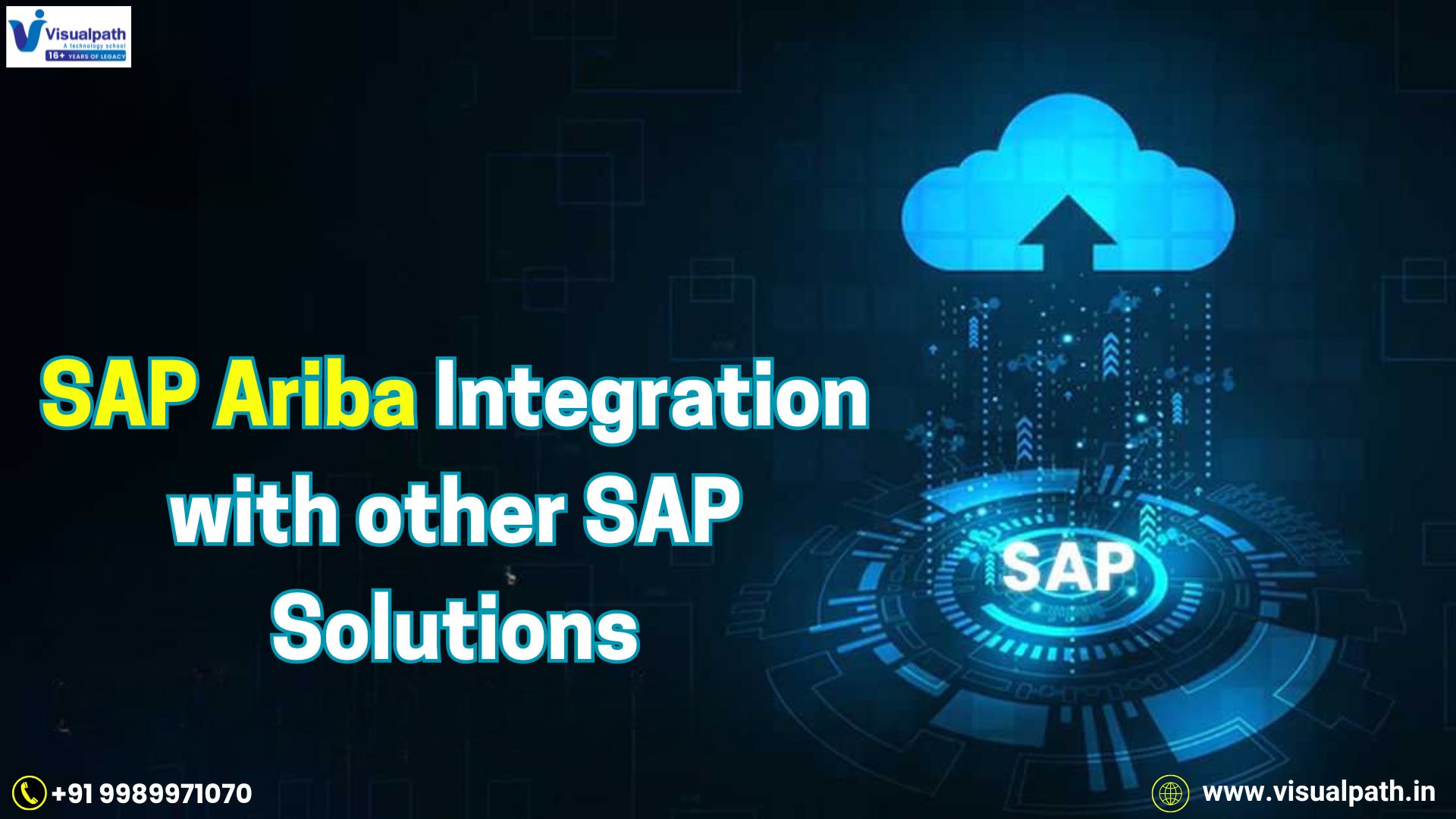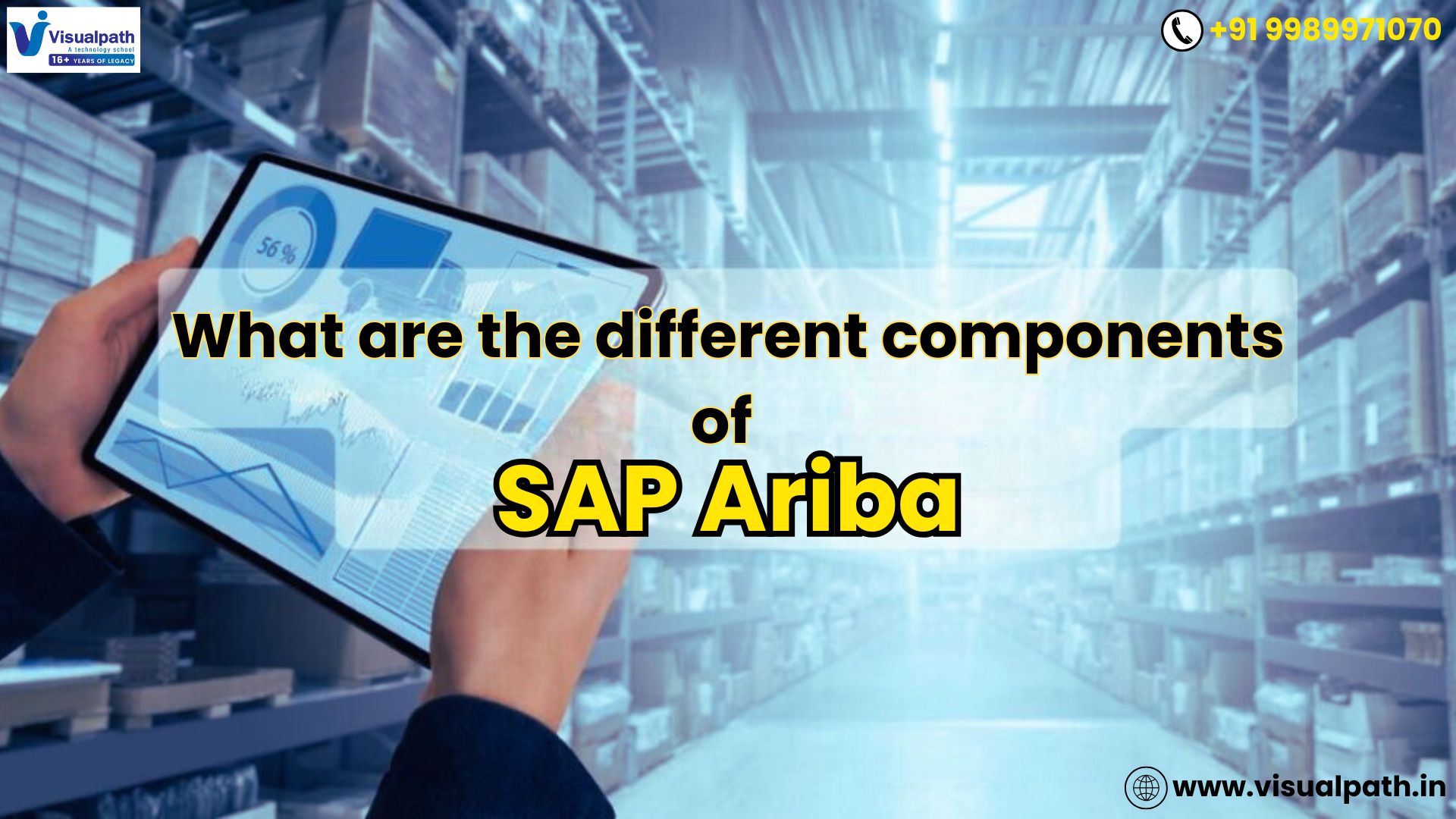SAP Ariba is a cloud-based procurement and supply chain solution that streamlines procurement processes and enhances collaboration between buyers and suppliers. One of the core functionalities is managing the Purchase Order (PO) and Invoice process, ensuring efficiency, compliance, and transparency. This article explores the PO and Invoice process. detailing each step and how businesses benefit from its automation.
1. Overview of the PO and Invoice Process
The PO and Invoice process in SAP Ariba involves the following key stages: SAP Ariba Training
- Purchase Requisition (PR) Creation
- Purchase Order (PO) Generation
- PO Approval and Dispatch
- Goods Receipt (GR) or Service Confirmation
- Invoice Submission by Supplier
- Invoice Reconciliation and Approval
- Payment Processing
Each of these steps ensures that businesses can procure goods and services efficiently while maintaining financial control and compliance.
2. Purchase Order (PO) Process in SAP Ariba
Step 1: Purchase Requisition (PR) Creation
The procurement process begins with a buyer creating a Purchase Requisition (PR) within SAP Ariba. This document includes details such as:
- The type of goods or services required
- Quantity and specifications
- Delivery dates and locations
- Estimated costs
The PR is submitted for approval based on predefined workflows and budget considerations.
Step 2: PO Generation and Approval
Once the PR is approved, SAP Ariba automatically generates a Purchase Order (PO). The PO contains:
- Buyer and supplier details
- Item descriptions and pricing
- Delivery instructions
- Payment terms
The PO is sent to the supplier via the SAP Ariba Network, ensuring seamless digital communication. SAP Ariba Online Training
Step 3: PO Confirmation by Supplier
The supplier reviews the PO and either accepts it, requests modifications, or rejects it. Upon acceptance, the supplier prepares for order fulfillment.
Step 4: Goods Receipt (GR) or Service Confirmation
Once the goods or services are delivered, the buyer records a Goods Receipt (GR) in SAP Ariba, confirming that the delivery matches the order. In the case of services, a Service Entry Sheet (SES) is submitted.
3. Invoice Process in SAP Ariba
Step 5: Invoice Submission by Supplier
The supplier generates an invoice through the SAP Ariba Network, referencing the PO number. The invoice includes:
- Itemized costs
- Taxes and discounts
- Payment terms
- Bank details
automatically performs a 3-way match, comparing the invoice against the PO and GR to ensure accuracy.
Step 6: Invoice Reconciliation and Approval
If discrepancies arise (e.g., incorrect pricing, quantity mismatch), it flags the invoice for review. The buyer can approve, dispute, or request corrections from the supplier.
Step 7: Payment Processing
Once the invoice is approved, it is sent for payment processing based on agreed payment terms (e.g., Net 30, Net 60). it is integrates with enterprise resource planning (ERP) systems like SAP S/4HANA to ensure timely payments.
4. Benefits of Using for PO and Invoice Management
✔ Increased Efficiency
SAP Ariba automates the entire PO and invoice process, reducing manual work and accelerating procurement cycles. Sap Ariba Training Institutes
✔ Enhanced Accuracy
The 3-way matching system prevents errors and fraud by ensuring that invoices align with POs and received goods.
✔ Improved Compliance
Built-in compliance checks ensure adherence to procurement policies and financial regulations.
✔ Real-Time Tracking
Buyers and suppliers can monitor order status, invoice approvals, and payment progress in real-time.
✔ Seamless Supplier Collaboration
The network fosters smooth communication between buyers and suppliers, reducing disputes and delays.
Conclusion
SAP Ariba’s PO and Invoice process optimizes procurement workflows by automating approvals, ensuring compliance, and improving supplier collaboration. By leveraging this digital procurement solution, businesses can streamline operations, reduce costs, and enhance overall financial control.
Trending Courses: ServiceNow, Docker and Kubernetes, Site Reliability Engineering




